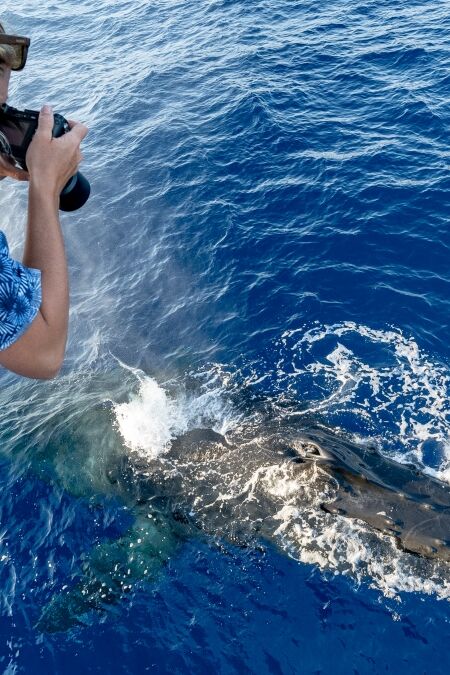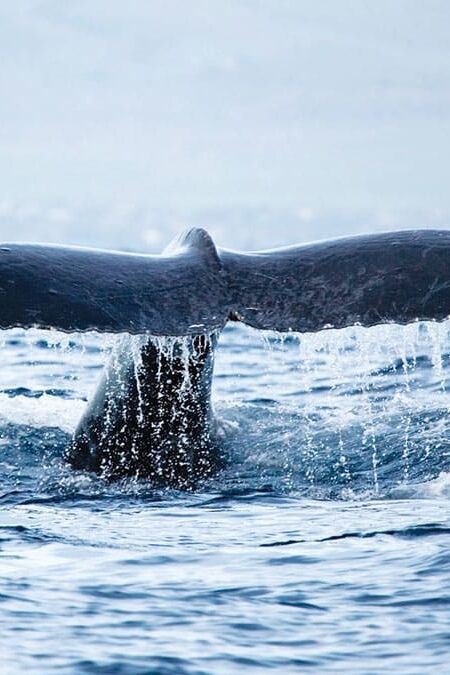Whales, the giants of the sea, exhibit an incredibly rich and complex assortment of behaviors that continue to captivate researchers and enthusiasts alike. Their vast repertoire of actions, vocalizations, and social interactions reveal much about their intelligence, culture, and adaptability. From their majestic breaches to their haunting songs, whales communicate and navigate their marine world in ways that are as diverse as they are unique. This guide takes you on an introductory voyage into understanding these fascinating behaviors, providing a glimpse into the underwater realm of these magnificent marine mammals.
Understanding Whale Communication
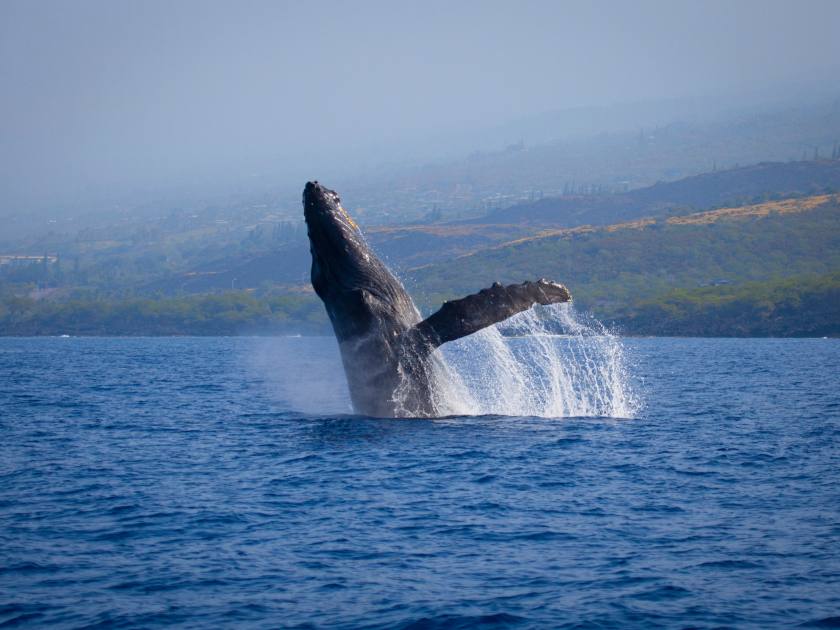
Communication lies at the heart of whale societies, playing a pivotal role in their survival and social cohesion. Within tightly-knit pods, whales employ an intricate language of sounds and gestures to convey information, establish connections, and coordinate various activities. Scientists are still unraveling the intricacies of these marine giants’ communication methods, which remarkably demonstrate their intelligent and social nature.
- Clicks: Typically used for navigation and to locate food through echolocation, clicks are rapid, short pulses of sound that bounce off objects and return to the whale, providing them with information about their surroundings.
- Whistles: Whistles, often used in social situations, are believed to be used for communication between individual whales.
- Songs: Unique to male humpback whales, these complex melodies can last up to 20 minutes and are repeated for hours. It’s believed they might be used to attract females or to challenge other males.
These vocalizations, although still not fully understood, provide fascinating insights into the behavior and communication mechanisms of whales.
Social Structure within Whale Populations
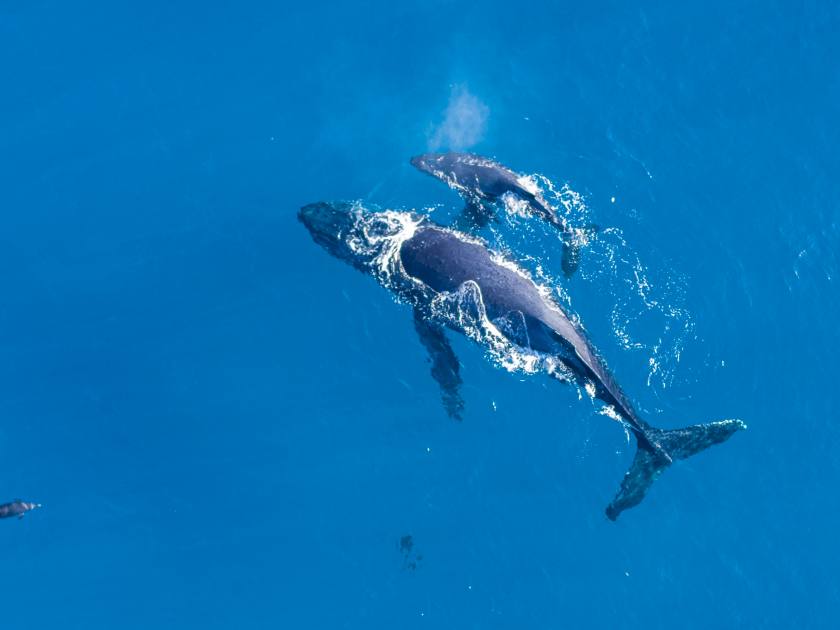
Family Units
Within the vast expanse of the ocean, whales establish close-knit family units that serve as the foundation of their social structure. These family groups, often led by a matriarchal figure, consist of parents and their offspring. The familial bonds within these units are robust, fostering cooperation and mutual support. Family units play a pivotal role in the upbringing of calves, providing a secure environment for their growth and development. Observing the interactions within these family circles unveils the emotional depth and nurturing behaviors exhibited by whales.
Pod Dynamics
As social creatures, whales extend their connections beyond immediate family units to form larger social groups known as pods. Pods are characterized by shared affiliations, common behaviors, and a collective purpose. These dynamic communities may comprise multiple family units, allowing for increased collaboration in activities such as hunting, communication, and protection against potential threats. Exploring pod dynamics reveals the intricate web of relationships that exist among individuals within the larger whale population. It showcases the cooperative nature of whales as they navigate the challenges of their oceanic habitats together, emphasizing the significance of community bonds for their survival and well-being.
Whale Feeding Behavior
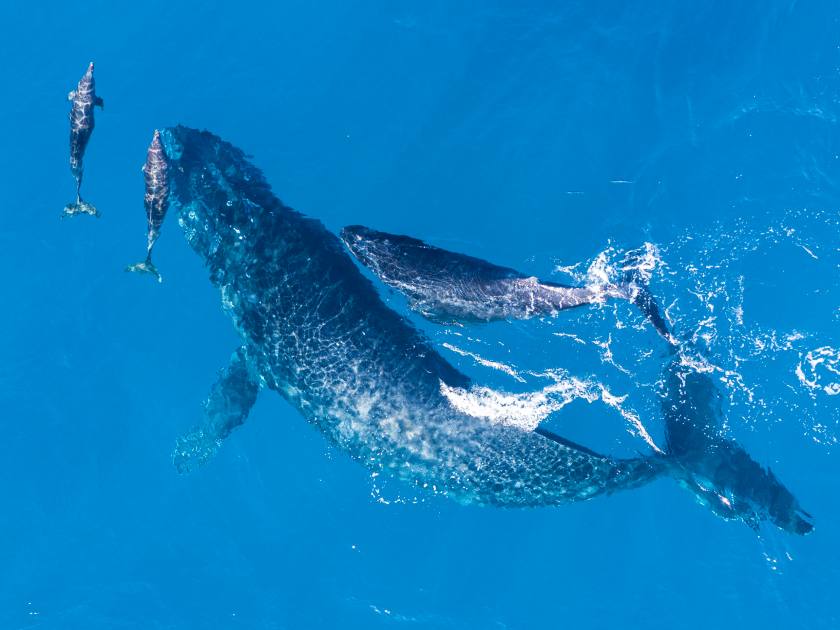
Whales have developed a diverse range of feeding strategies, adapted to their specific environments and prey. Some species, like the Blue Whale, feed by lunging into schools of krill, their preferred food source, with their mouths agape, taking in both water and prey. Once the mouth is closed, the water is expelled through their baleen plates, leaving the krill trapped inside to be swallowed. Other species, like Humpback Whales, use a method known as ‘bubble net feeding.’ They blow a ring of bubbles around a school of fish to trap them and then surge upward through the center of the bubble ring, mouth open, to feed.
Whale Diets
Whales, as diverse marine mammals, exhibit a wide range of dietary preferences. Understanding their diets provides valuable insights into the intricate relationships between whales and their oceanic ecosystems. Some species are filter feeders, consuming plankton and small organisms, while others are predators preying on fish, squid, or even other marine mammals.
Hunting and Feeding Techniques
The strategies employed by whales in hunting and feeding are nothing short of extraordinary. From the lunge-feeding techniques of baleen whales to the coordinated hunting efforts of toothed whales using echolocation, these methods showcase the adaptability and intelligence of these marine giants.
Whale Mating and Breeding Habits
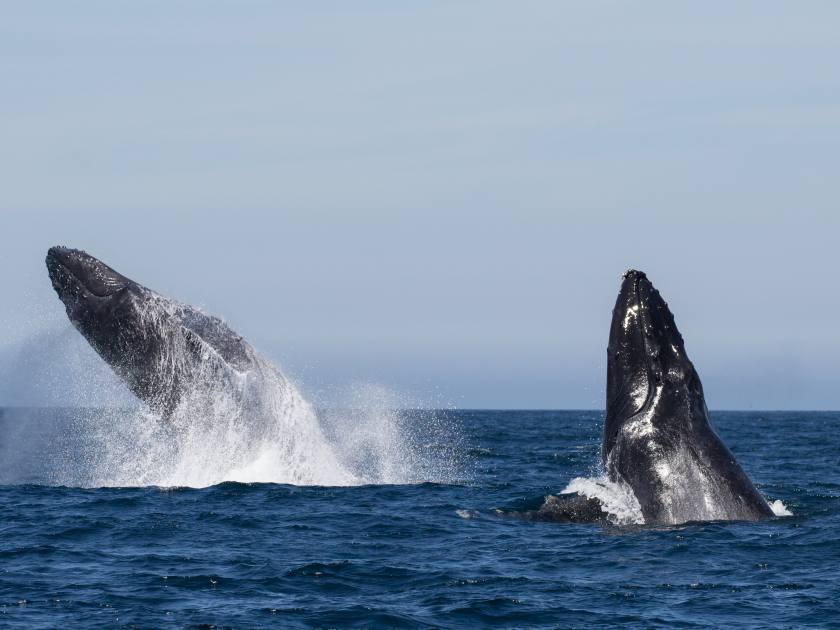
Whales’ mating rituals and breeding tendencies are fascinating and intricate, offering a window into their sophisticated social structures. Courtship often involves males displaying strength and endurance to impress potential mates, sometimes through spectacular breaches or powerful tail slaps. Some species like the humpback whale are known for their spectacular competitive displays, called ‘heat runs’, where males compete for the attention of a female. Breeding season varies across species and geography, usually coinciding with warmer waters and abundant food resources.
Females typically give birth to a single calf after a gestation period that can last from 9 to 17 months, depending on the species. The mother-calf bond is notably strong, characterized by prolonged periods of nurturing and teaching, essential for the calf’s survival and social integration. Observations also indicate that some species of whales may have a form of mating system where several males mate with a single female, known as polyandry. This characteristic, combined with the vast oceanic distances they often travel, contributes to the impressive genetic diversity within whale populations.
Whale Migration Patterns
Whales undertake some of the longest migration journeys in the animal kingdom, an annual round-trip that can cover thousands of miles. These epic travels are driven primarily by the need to feed in high-latitude, nutrient-rich waters during the summer months and to breed in warmer, tropical waters during the winter. Migration patterns differ significantly among species and are influenced by factors such as food availability, water temperature, and predation threats. Notably, the humpback whale is renowned for its impressive migration, traveling as far as 16,000 miles in a year. These migrations are not only a test of endurance but also a spectacle of nature, offering opportunities for researchers and whale watchers to observe and learn about these magnificent creatures.
Whale Sleeping Behavior
Whales exhibit a unique sleeping behavior that is quite unlike terrestrial mammals. They sleep with one eye open and one half of their brain awake, a phenomenon known as ‘unihemispheric slow-wave sleep’. This sleeping method allows them to continue surfacing for air and stay alert for potential predators while resting. Unlike humans, whales do not have a set sleep schedule. Instead, they can rest at any time during the day or night, with sleep periods typically lasting a few minutes to an hour. The duration and frequency of these sleep periods can vary depending on the species, age, and environmental factors.
Whales and Humans: How Understanding Whale Behavior Can Help in Whale Conservation
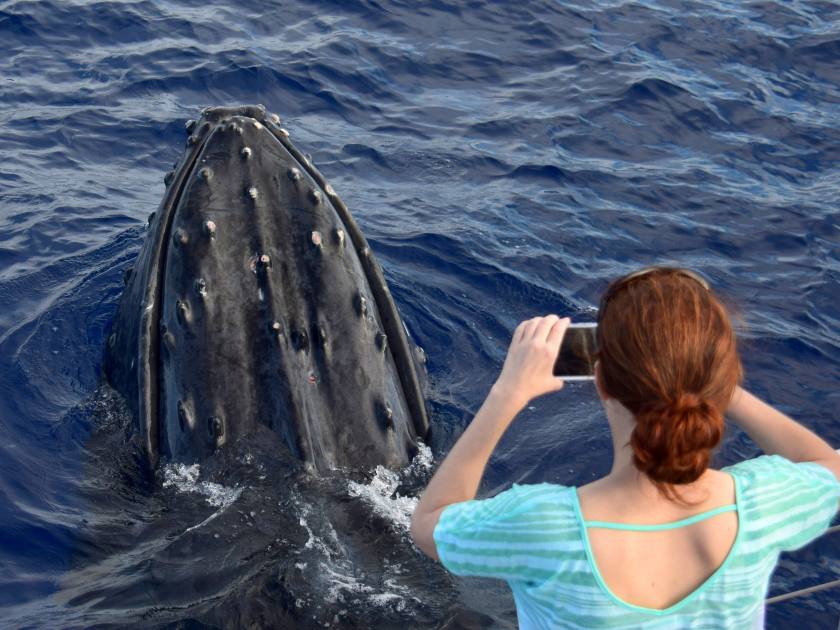
Learning whale behaviors is crucial in conservation efforts. Their migratory patterns can inform the establishment of marine protected areas, while knowledge of feeding behavior can help address threats like overfishing. Insights into whales’ communication can be utilized to mitigate noise pollution in the ocean, a significant problem caused by human activities such as shipping and offshore drilling. Furthermore, understanding whale reproduction habits aids in estimating population sizes, which is vital for implementing protective measures. Recognizing these behaviors and the factors impacting them allows us to create targeted, effective conservation strategies to ensure the survival and prosperity of these magnificent marine mammals.
Continue your Journey of Discovery into the Realm of Whales!
Whale behavior, ranging from communication and social structure to feeding and mating habits, is a complex and fascinating field of study. Each aspect of their behavior provides a puzzle piece to the greater understanding of these majestic marine creatures. It is through this understanding that we can appreciate their intelligence, social complexity, and adaptability to their harsh and ever-changing environment. Continued study in this area is vital. Not only does it enrich our knowledge about these remarkable creatures, but it also underpins conservation efforts. By gaining insights into whales’ behavior and needs, we can take more informed actions to protect them and their habitats, ensuring their survival for future generations to marvel at and learn from.


